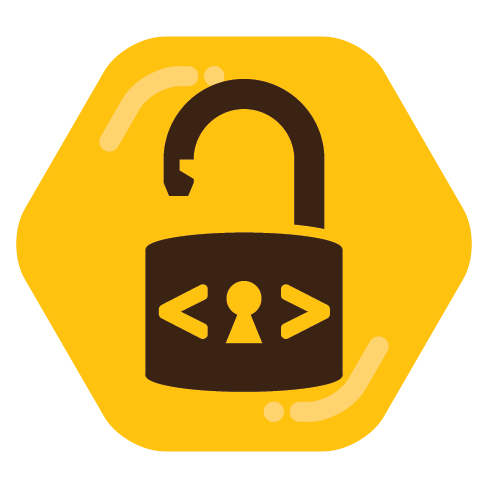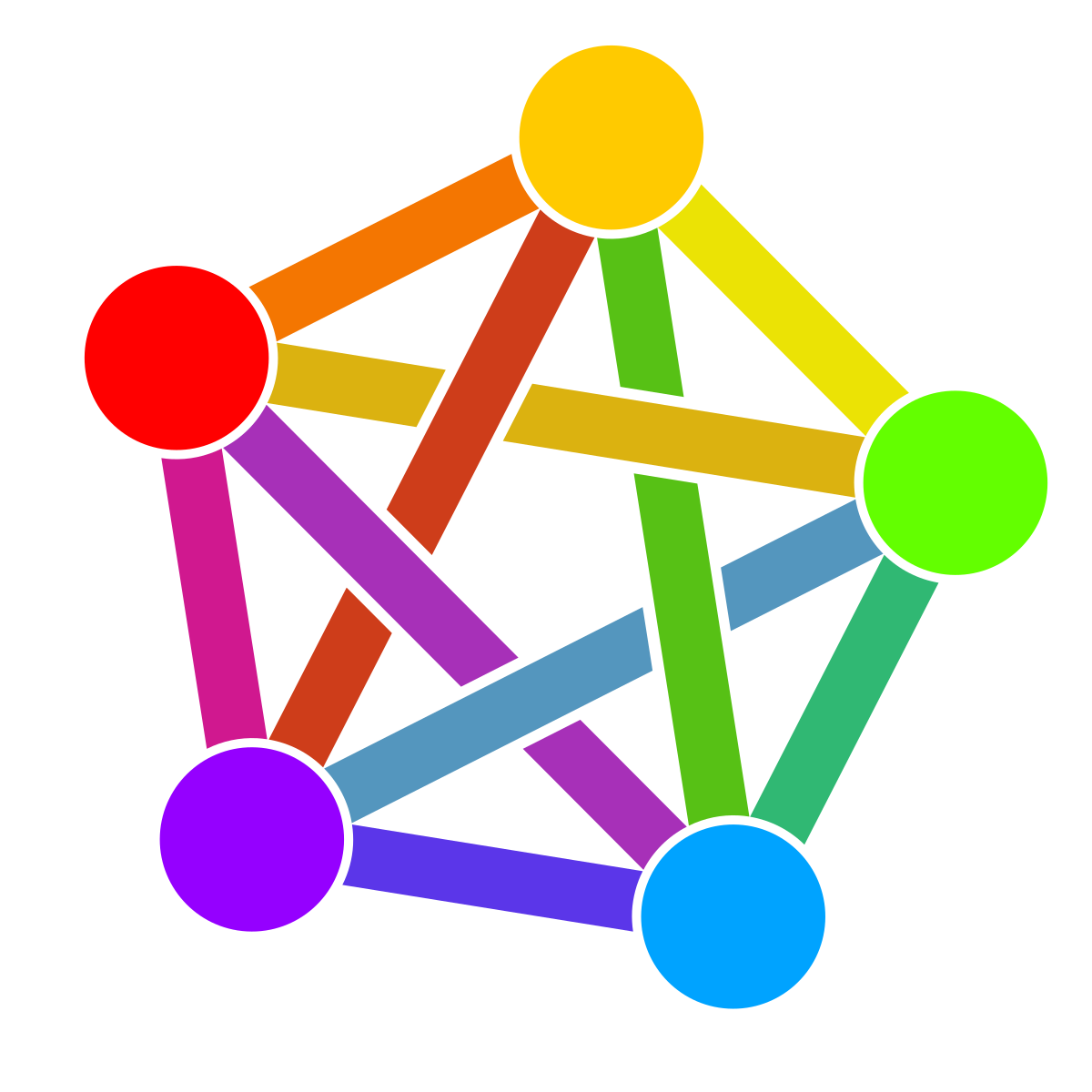

Interesting, but ultimately a roundabout justification for why the author chose a non-FOSS license for their startup Slack-clone built on ATProto.
They talk about “pro-labor licensing” but what they mean is pro- their -labor, not pro- anyone else’s -labor.
GPL is already the most pro-labor licensing since it respects the work of anyone who contributes in equal measure, and does not hold the “original” founding author in higher regard.
It’s really quite something to rail so unequivocally against the “fascistic mega-corps” and “autocratic corpostates” in your licensing justification blog post and then build your commercial product on top of Bluesky .





GPL requires this, since linking with a library is considered a derivative work even if the library is dynamically loaded.
This is why the LGPL exists, which makes the library copyleft but does not extend the derivative work classification to programs linking with the library.